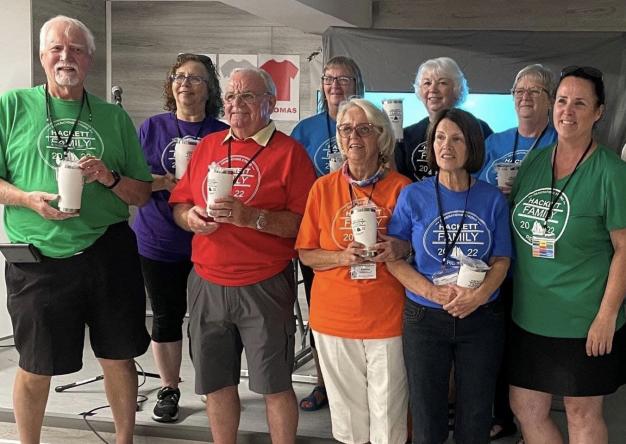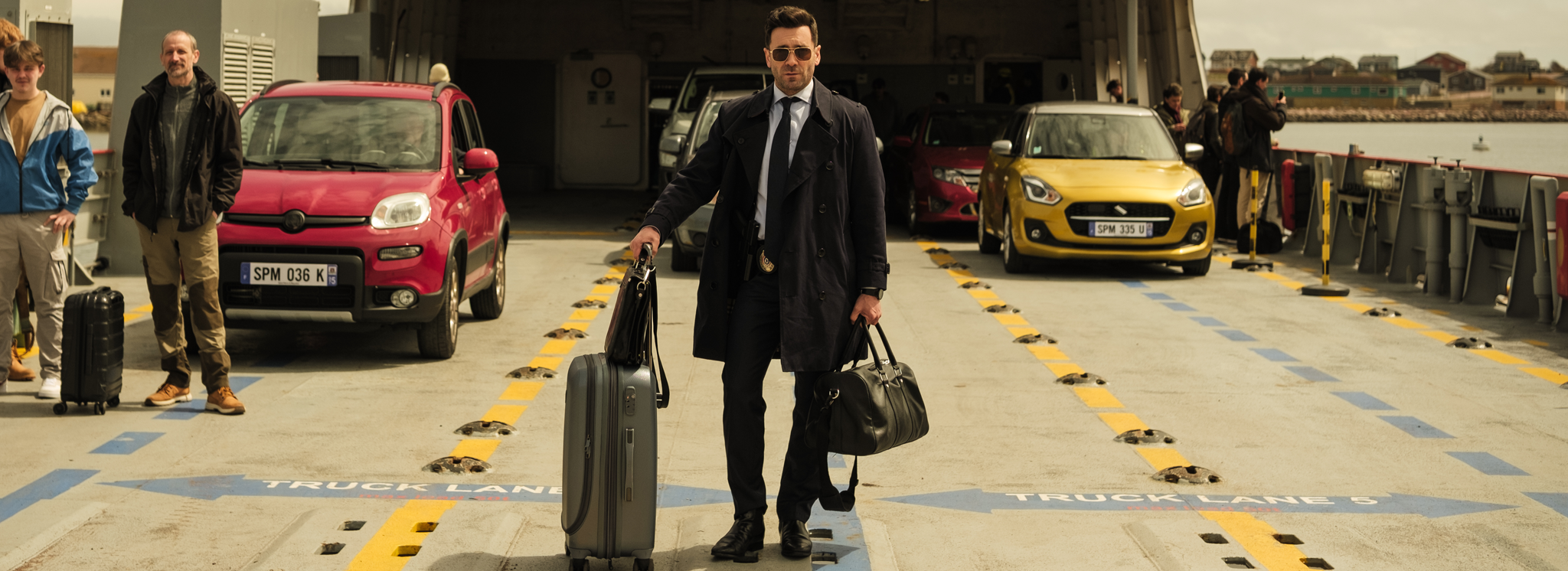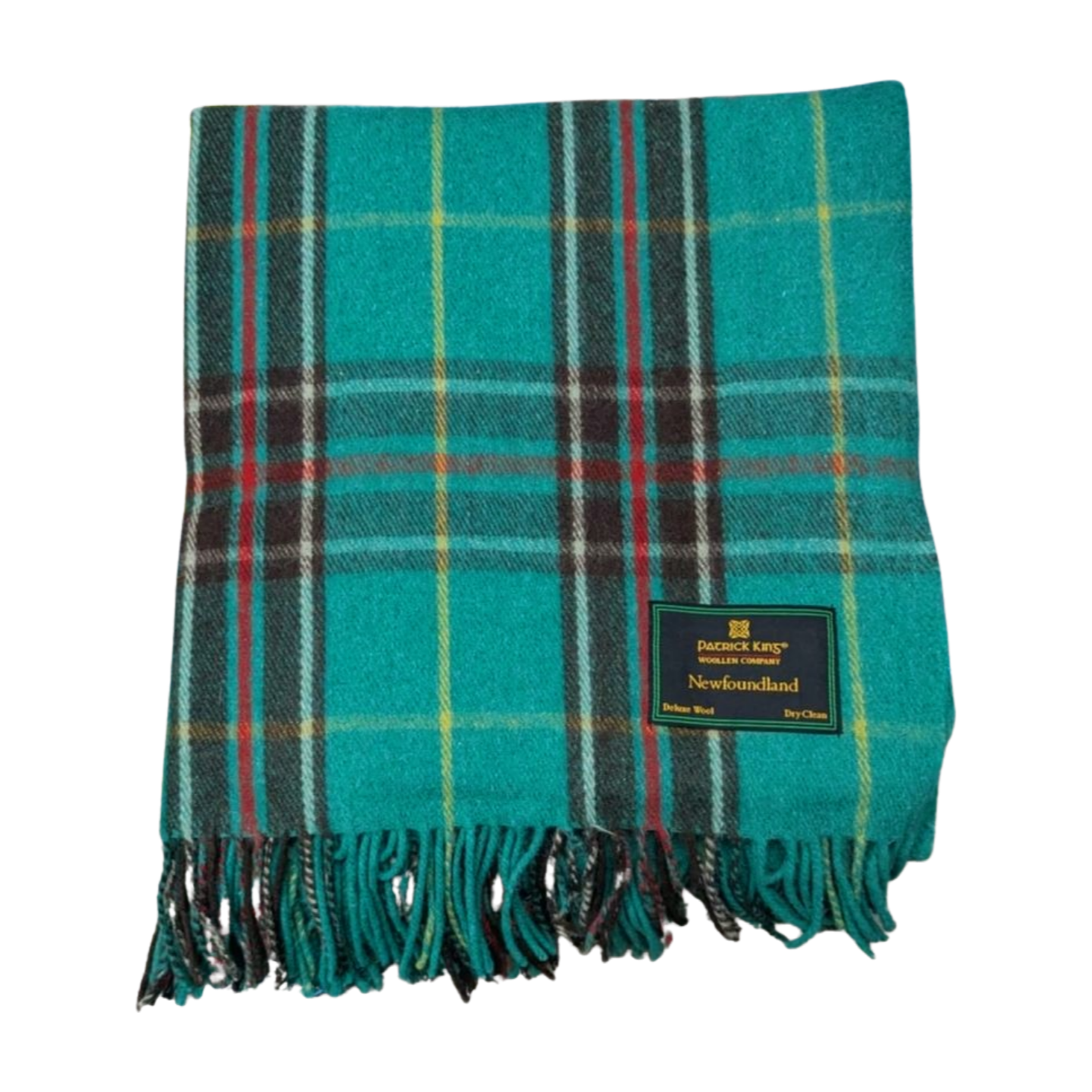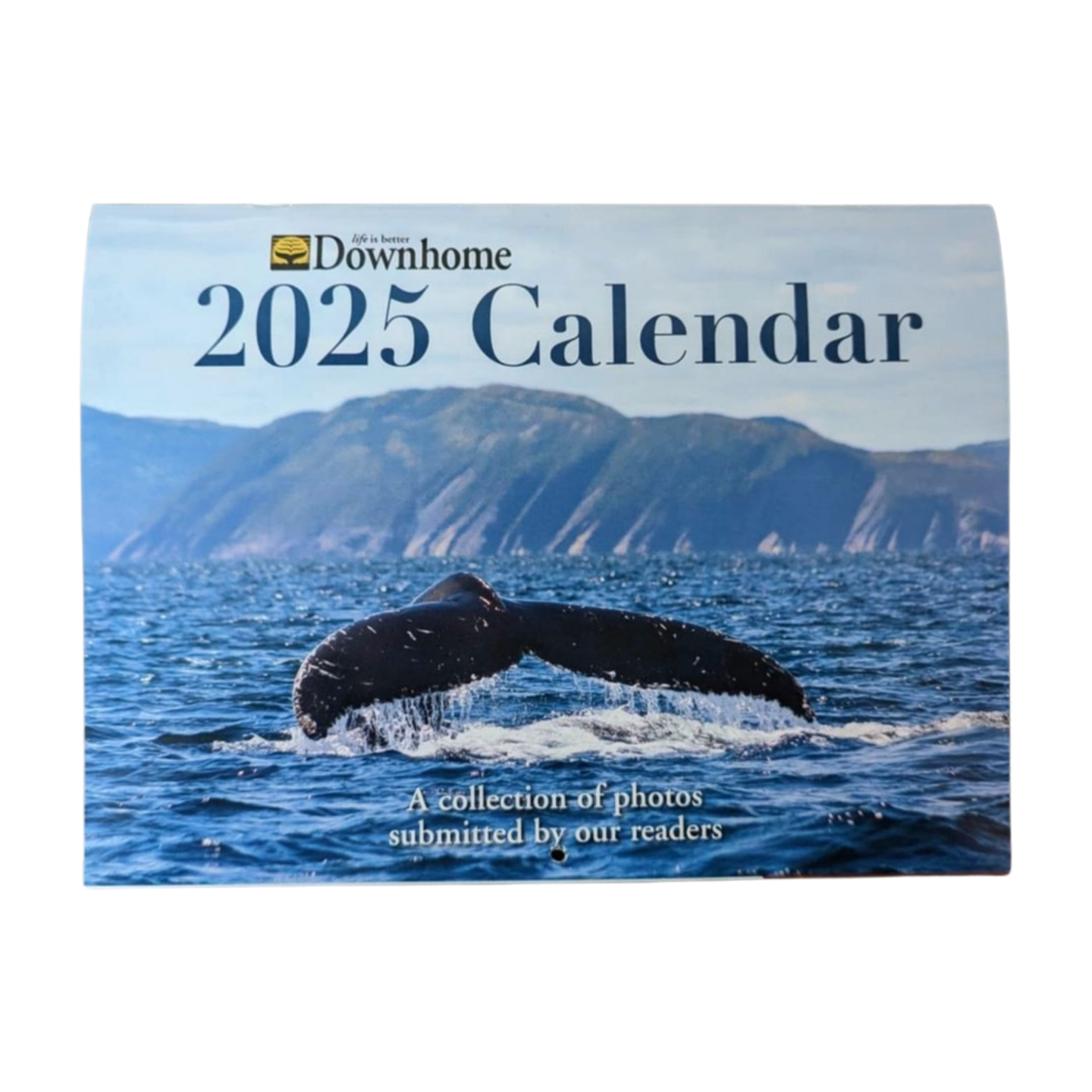By Kim Ploughman
When Elizabeth and Michael Hackett set out in a schooner in late May 1900, to venture from English Harbour East to the Bay of Islands, it was simply a matter of moving for employment. A decline in the herring fishery in Fortune Bay in the early 1900s launched the Hacketts, whose ancestors hailed from Ireland, off to more bountiful waters. The fish were reportedly plentiful on the island’s west coast. Aboard the 21-tonne schooner, The Belle, were Elizabeth and Michael, their five children, extended family members, two sharemen, two dories, fishing nets, a big bull, a cow with calves, eight sheep, three lambs, and the makings for a new house and its furnishings.

By late June, the Hacketts finally arrived at their destination – Woods Island. They called it Innismara, Irish Gaelic for “island in the sea.” According to the book Heartbeat: Bay of Islands Newfoundland, written by Joseph Hackett and edited by Bernice J. Hillier (1992), at that time there were already 200 people living on the largest island in the Bay of Islands, which spanned 2,000 acres. It was used as a fishing station by the Basque (from late 1500s) and the French (from the late 1600s), and seasonally by the Mi’kmaq. By the 1780s, European settlers began to occupy the island year-round.
It was not long before Michael was headed down the Labrador, to take part in the summer fishery. He left behind his two sharemen to build a four-room family house at the water’s edge and keep the home fires burning. In the following decades, Elizabeth Hackett would birth six more children, which they raised in a larger house built in 1905, in the shelter of the Blow Me Down Mountains. Nine of the 11 children survived to adulthood and carried on the Hackett bloodline.
Little did Elizabeth and Michael imagine that their resettlement in the early 1900s would send ripples through time, affecting generations and a region of Newfoundland where their name is spoken to this day.
Reunion & Resettlement House
In 2022, 122 years after the Hacketts stepped ashore on Woods Island, their extensive offspring reunited. Downhome reached their grandson, Richard Furlong, at his home in New Market, ON, recently to get the story of the long overdue reunion.
The first spark was lit by a library presentation. “In 2015, the local Corner Brook [Public] Library presented a history of Woods Island, mentioning fish merchants – but one of largest, the Furlongs, were not included,” he says. “So, the family decided it was time to bring them and the Hackett heritage out from the dustbins of history.”
He and Dr. Rainer Baehre, a professor of social, cultural and historical studies at Memorial University Grenfell Campus, put off their own presentation in 2019, focused on the history of the herring industry and the Furlongs’ role, which attracted numerous relatives. The clan then embarked on a trip to Woods Island, during which the boat’s skipper, cousin Peter Hackett, suggested a family reunion.
“We identified over 700 relatives around the world, from the UK, Ireland, Japan, Canada and Asia, who were offspring of the original nine children who survived,” says Richard. Close to 275 of them signed up for a reunion that was held in August 2022.
Woods Island, meanwhile, had fallen victim to the government resettlement program of the 1960s. It was abandoned after the Hacketts’ descendants all packed up and relocated to nearby Benoit’s Cove or Curling, where Richard was born. It was decided that the reunion would be held in Benoit’s Cove, where attendees could tour the Woods Island Resettlement House and Heritage Centre. The white house had belonged to Richard’s uncle, Peter Hackett, and was floated over from Woods Island when the family relocated. Now it is a museum of photos and artifacts from the island life. The Hackett relatives used this location for their meet and greet event.
The reunion’s opening was rung in with a hand-held fog bell from Woods Island and a performance by the Benoit’s Cove Native Drumming Group. Nine family branches attended, each branch wearing a different coloured T-shirt representing their lineage back to one of the original Hackett children. Other events included a kitchen party, a BBQ and a bonfire.
The reunion led to the creation of the Woods Island Heritage Project (WHIP) committee. Its goal is not only to plan the next reunion, but also to foster a commitment to heritage preservation. Richard explains, “It has a broad mandate to strengthen the region through tourism, with a long-term focus on the history of the immediate area, as well as the Bay of Islands.”
Richard says the committee will be looking at the history of the merchants and fishermen, the French Shore, resettlement and Indigenous peoples, as well as the Gloucester fishers and merchants from the US who visited and collected fish from Woods Island fishers. “We view the area as a gem for visitors, as there is so much history to share,” says Richard.
Among the committee’s goals is to enhance Resettlement House and refurbish the island’s aged graveyards. Michael and Elizabeth both died in 1933, and were buried on their Innismara. Nearly a century later, their descendants are determined that the Hacketts will not be forgotten.











